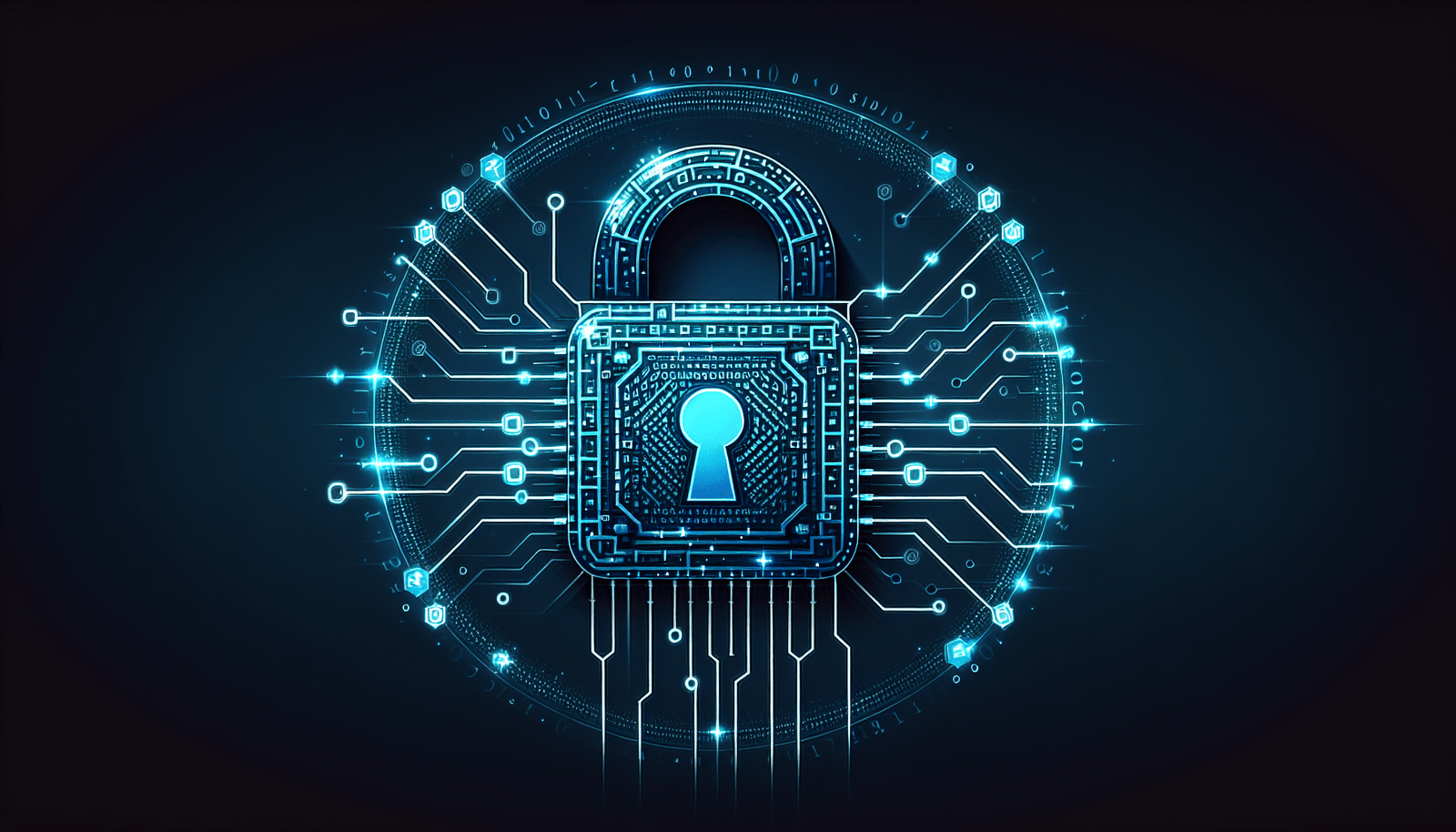Is Blockchain Safe?

Understanding Blockchain Technology
Blockchain technology was first introduced in 2009 with the launch of Bitcoin. It serves as a decentralized ledger of transaction records that are organized in blocks of data and chained together using cryptography. This innovative technology allows for transactions to be verified and recorded by multiple computers simultaneously, creating a trustless system without the need for a central authority.
How Does Blockchain Work?
Blockchain works by distributing the ledger of transaction records to a network of computers, known as nodes. Each node on the network holds a complete copy of the ledger and verifies the transactions independently. Transactions are grouped into blocks, and each block is linked to the previous one through cryptographic algorithms, forming a chain of blocks – hence the name “blockchain.”
Benefits of Decentralization
One of the key advantages of blockchain technology is its decentralization. By removing the need for a central authority, blockchain enables peer-to-peer transactions that are secure and transparent. This decentralized nature eliminates the risk of a single point of failure and enhances trust between parties involved in transactions.
Is Blockchain Safe?
Trustless System
Blockchain is often referred to as a trustless system because it does not rely on a central authority to validate transactions. Instead, transactions are verified by multiple nodes on the network, ensuring their accuracy and security. This decentralized validation process eliminates the need for intermediaries and reduces the risk of fraud or manipulation.
Cryptographic Security
Blockchain ensures the security of transactions through the use of cryptography. Each user is provided with a private key to sign transactions and a public address to store and receive assets. The encryption of transactions and data on the blockchain makes it virtually impossible for unauthorized parties to access or alter the information, enhancing the overall security of the system.
Transparency and Immutability
One of the key features of blockchain technology is its transparency and immutability. All transactions recorded on the blockchain are visible to all participants, creating a shared ledger that cannot be modified or tampered with. This transparency increases accountability and trust among users, as they can independently verify the integrity of the data on the blockchain.
Resilience to Attacks
Due to its decentralized and distributed nature, blockchain is inherently resistant to attacks and fraud. The redundancy of data across multiple nodes on the network makes it extremely difficult for malicious actors to compromise the integrity of the system. This resilience to attacks makes blockchain a secure and robust technology for storing and transferring assets.

The Evolution of Blockchain: Smart Contracts
Introduction to Smart Contracts
Smart contracts are self-executing programs that run on the blockchain and automatically enforce the terms of a contract when certain conditions are met. These programmable contracts eliminate the need for intermediaries and streamline the execution of agreements between parties. Smart contracts have expanded the applications of blockchain beyond digital currencies and have paved the way for innovative solutions in various industries.
Automation and Efficiency
Smart contracts enable automation and efficiency in transactions by removing the need for manual intervention. By encoding business logic into smart contracts, processes can be executed automatically based on predefined rules and conditions. This automation reduces the risk of errors and delays, leading to faster and more efficient transactions.

Application of Blockchain in Different Industries
Healthcare
Blockchain technology is revolutionizing the healthcare industry by enabling secure and transparent storage of medical records. Patients can maintain ownership of their health data on the blockchain and grant access to healthcare providers as needed. This interoperability enhances the quality of care, reduces administrative costs, and promotes collaboration among stakeholders in the healthcare ecosystem.
Logistics
The integration of blockchain and IoT devices in logistics improves traceability and transparency in supply chain operations. By recording every step of the supply chain on the blockchain, companies can track the movement of goods in real-time and verify their authenticity. This visibility enhances supply chain efficiency, reduces counterfeiting, and minimizes risks associated with product recalls.
Finance
Decentralized finance (DeFi) is a prominent application of blockchain technology in the financial sector. DeFi platforms leverage smart contracts to provide financial services such as lending, borrowing, and trading without the need for traditional intermediaries. This decentralized approach democratizes access to financial products and services, empowering individuals to have greater control over their assets.

Conclusion
Blockchain technology has revolutionized the way we transact, store data, and enforce agreements. Its inherent security, transparency, and decentralization make it a trusted and reliable technology for various industries. With the continued development of blockchain solutions and the adoption of smart contracts, we can expect to see further innovation and disruption across different sectors. As blockchain continues to evolve, its impact on society and the economy will only grow stronger, shaping the future of trust and security in the digital age.

